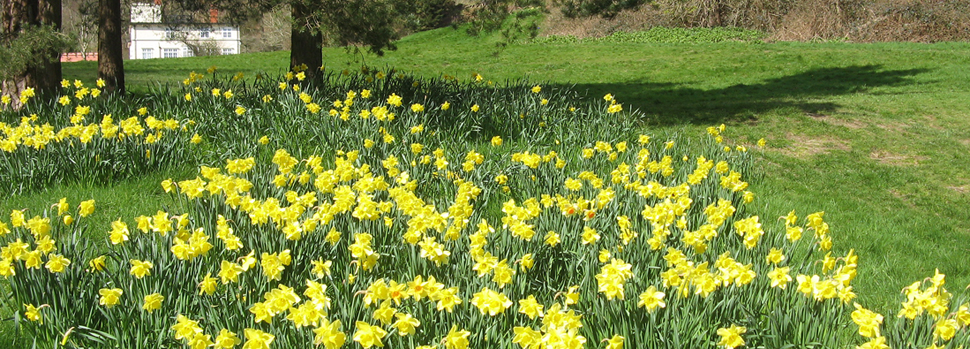Article in Stretton Focus, March 2016
From the 19th century in France, the word to express the desired freedom of all public institutions, especially primary schools, from influence of the Catholic Church is laïcité. This was captured in a French Law of 1905 expressing French secularism as separation of the church from state. Today, the concept covers other religions as well. However, it becomes problematic in everyday life, eg what you wear and when you wear articles of clothing, for example the Nicab. Here, I don’t need to go into the cultural/religious and democratic argument, suffice to say that for the French, laïcité is still work in progress, as indeed it is here, in a different national setting.
New ideas have emerged around laïcité, one is, to understand it really as the freedom to practice religious and cultural and indeed gender diversities, whilst each person has the freedom to exercise voluntary restraint from some practices that may cause others to feel uneasy, in some situations or at special times.
We have a practice in the churches in the season of Lent, now halfway through, to be used as a reflective time preparing for Easter. People have been encouraged to ‘give something up for Lent’, or do something positive, not widely practised these days. That may mean fasting of food and alcohol or taking on some voluntary work. The idea of exercising restraint in different ways could lead to positive results. It could mean, if it ever became popular, groups restraining from holding meetings and using the time saved for some voluntary work, or just space to be. If extended around communities and even the world it may prevent wars, or at least create a space for resolution.
Ecumenical lent groups used to be a feature in the town. They provided a space for the members of all the churches to meet and reflect together on a theme or book. There was freedom to depart from the guide book and explore a bit of our own thoughts, shared with others. The essential character of the exercise was to draw people together from different denominations, and to receive other perspectives and views through different cultural experiences. It was not about an argument and a need to win my point of view over against another nor was there a requirement to come up with an agreed statement at the end. We all had restrained ourselves from doing our own thing, from following our own separate curriculum. Whatever happened to this movement? It seems to me that fundamental to the complex weaving of diverse cultures into some agreeable social fabric, which all can invest in, is a willingness to include, rather than to separate.
Noel Beattie



